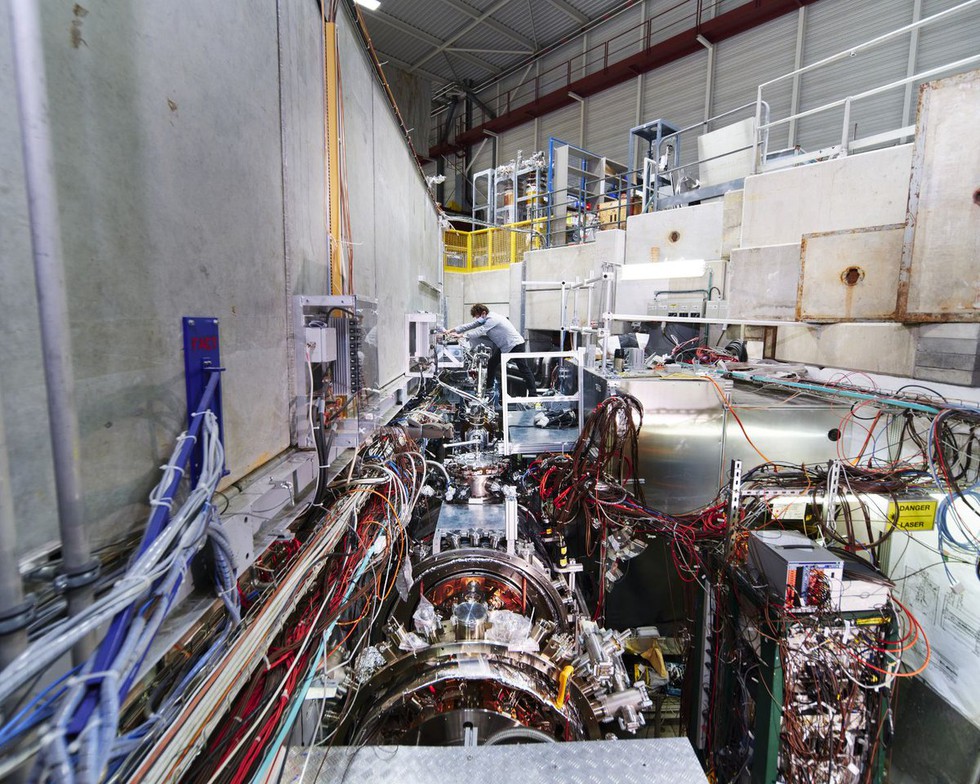About Anti-hydrogen Experiment: Gravity, Interferometry, Spectroscopy (AEgIS):
- It is an experiment approved by CERN (European Organization for Nuclear Research) with the goal of studying antihydrogen physics.
- The primary goal of AEgIS is the direct measurement of the Earth's gravitational acceleration, g, on antihydrogen.
- Once performed this could be the first direct test of the gravitational interaction between matter and antimatter.
- AEgIS is a collaboration of physicists from a number of countries in Europe and from India.
What is Antimatter?
- Antimatter is the same as ordinary matter except that it has the opposite electric charge.
- It is also known as “mirror” matter.
- For instance, an electron, which has a negative charge, has an antimatter partner known as a A positron is a particle with the same mass as an electron but a positive charge.
- The antimatter particles corresponding to electrons, protons, and neutrons are called positrons, antiprotons, and antineutrons; collectively they are referred to as antiparticles.
- These anti-particles can combine to form anti-atoms and, in principle, could even form antimatter regions of our universe.
- Matter and antimatter cannot coexist at close range for more than a small fraction of a second because they collide with and annihilate each other, releasing large quantities of energy in the form of gamma rays or elementary particles.
- Antimatter was created along with matter after the Big Bang.
- Humans have created antimatter particles using ultra-high-speed collisions at huge particle accelerators such as the Large Hadron Collider, which is located outside Geneva and operated by CERN (the European Organization for Nuclear Research).
- There are also naturally produced antiparticles made sporadically throughout the universe.
Key Facts about Positronium:
- The matter, which forms the world around us, consists of atoms, the simplest of which is hydrogen, which is the most plentiful element in the Universe. This is made up of a positively charged proton and a negatively charged electron.
- Positronium, on the other hand, is a short-lived hydrogen-like atom, which consists of an electron and its antimatter equivalent, a positron (rather than an electron and a proton).
- Due to its very short life, it annihilates with a half-life of 142 nano-seconds.
- This hydrogen-like system is a great contender for attempting laser cooling and thereby performing tests of fundamental theories in physics.
- Positronium can generate huge amounts of energy. It can shed light on 'antimatter' which existed at the beginning of the Universe.
